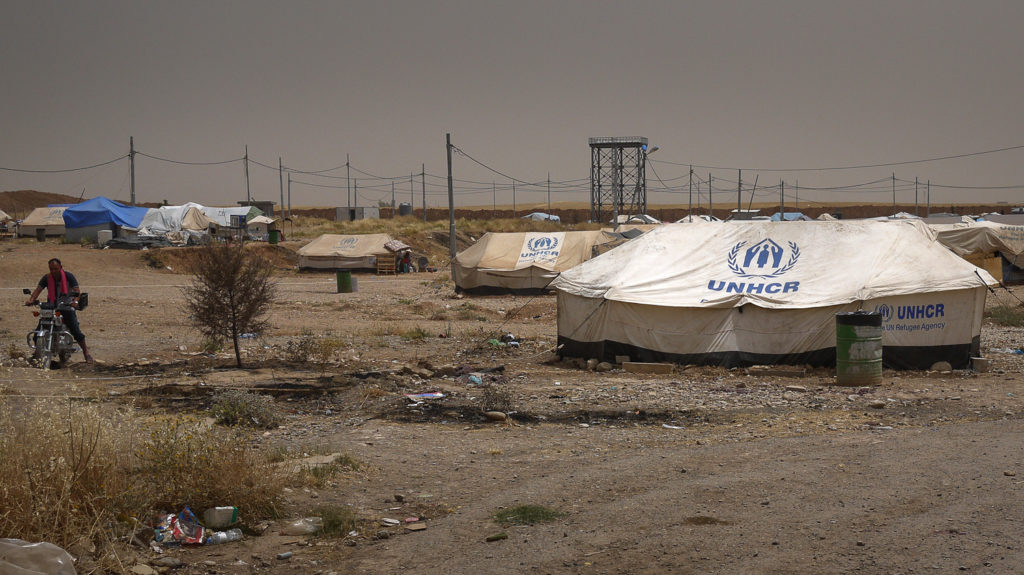1. Humanitarian organizations face increasing infrastructure complexity
The humanitarian sector was historically structured to deliver short-term, small-scale facilities — schools, clinics, and shelters serving limited populations.
Today, however, protracted crises and climate pressures require infrastructure designed to last decades and to serve both displaced and host communities.
Yet most humanitarian organizations lack the engineering capacity, contract systems, and risk management frameworks needed to deliver such complex projects.
Only a few large agencies, such as the ICRC or WFP, maintain in-house engineering teams. For the majority of NGOs, engaging in large-scale infrastructure projects remains a major operational challenge.
2. Local consulting and engineering firms lack entry points into humanitarian projects
At the same time, local construction and engineering firms are eager to contribute but face systemic barriers. A FIDIC Young Professionals survey (2017) already identified a need for a clear pathway to what was termed “Humanitarian Engineering.”
The private sector is ready to engage — but it needs a predictable, transparent, and professional procurement environment.
Local actors require:
-
Clear and balanced risk-allocation mechanisms
-
Financial and contractual security comparable to development settings
-
Reference to SDG-aligned targets adapted to fragile contexts
-
Access to Dispute Avoidance and Adjudication Boards (DAABs) or equivalent dialogue mechanisms
3. The result: a structural collaboration gap
Humanitarian organizations and private firms remain separated by different rules, timelines, and vocabularies.
This gap prevents innovation, slows project delivery, and limits local capacity building.
Bridging that divide — by harmonizing contract standards, digital tools, and competency frameworks — is precisely the mission of IHIP.
“An efficient new working environment between NGOs and local Consulting Firms has to be setup to address the change in the size of infrastructure to be designed and the need to develop in-country capacities”

